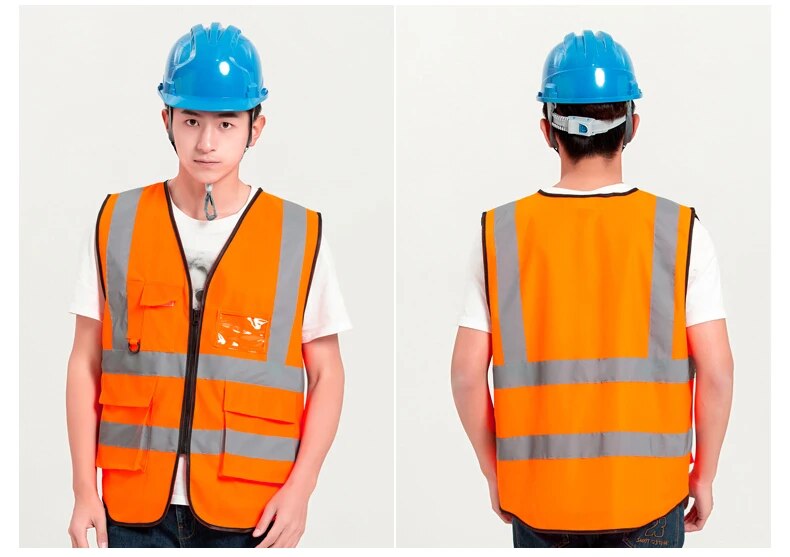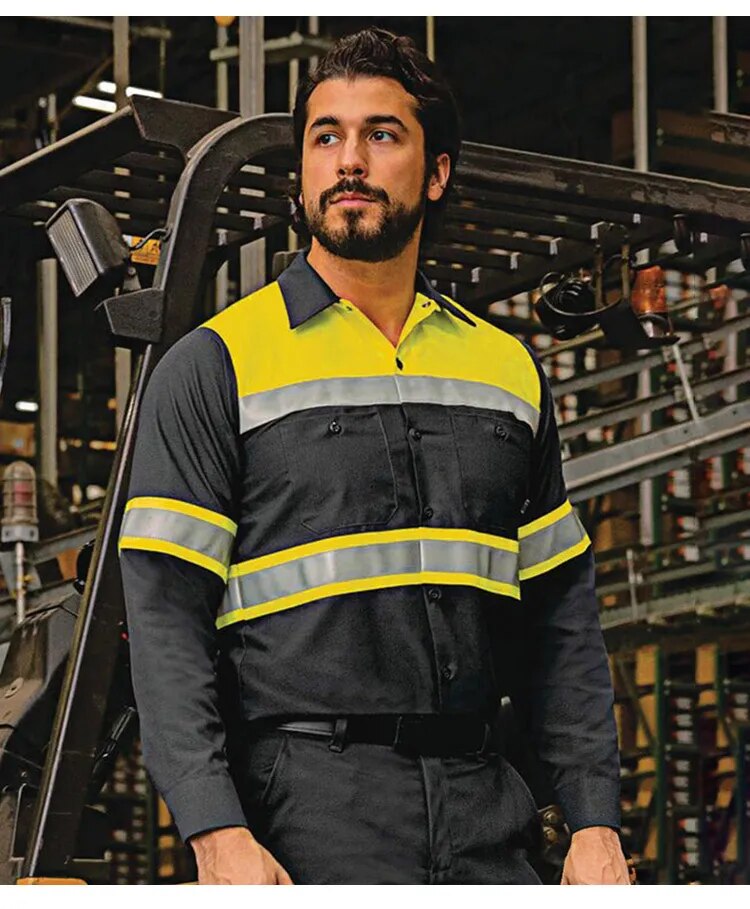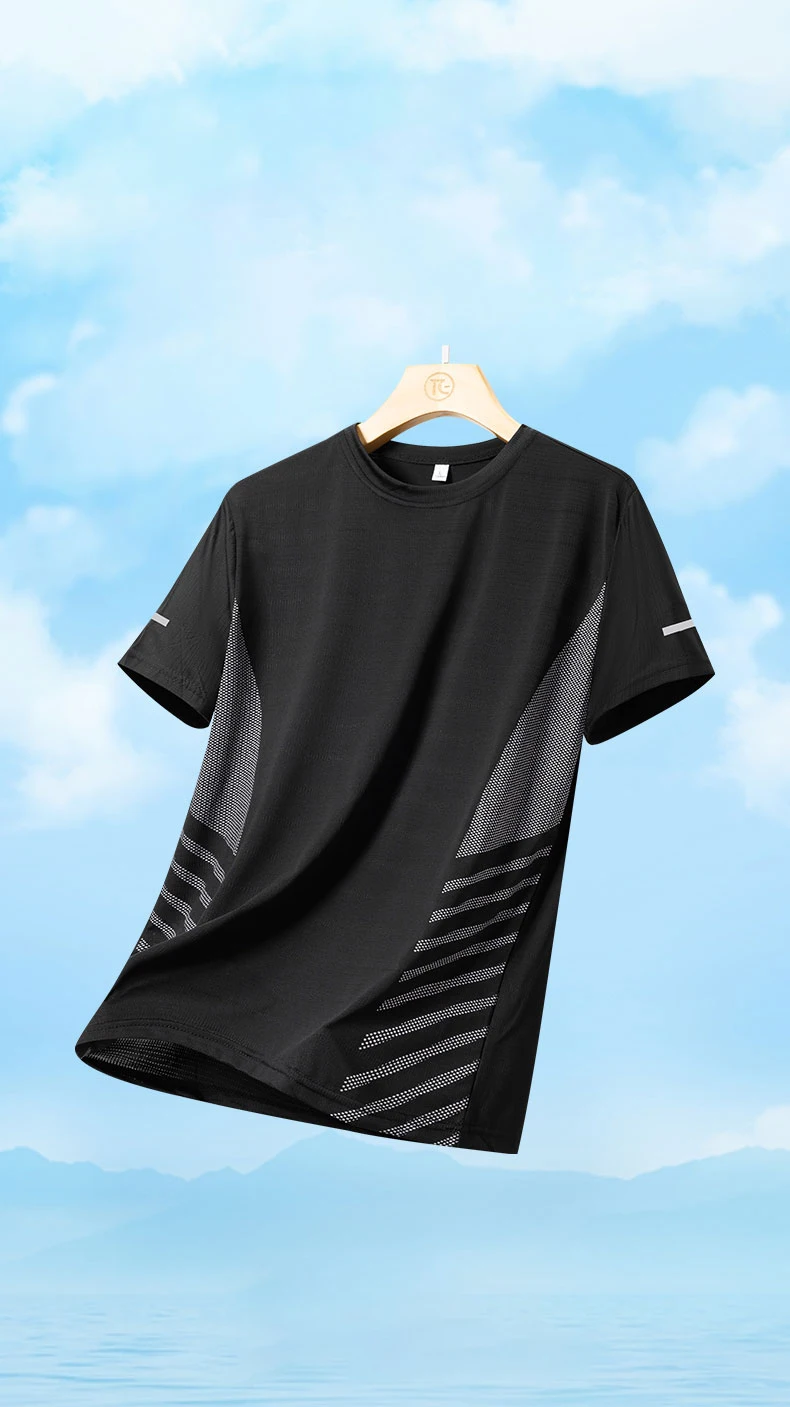
Introduction: The Importance of Reflective Clothing
Reflective clothing is essential for anyone who spends time outdoors, especially in low-light conditions. Whether you’re a runner, cyclist, construction worker, or simply enjoy evening walks, reflective clothes can significantly enhance your visibility and safety. As the shopping season for outdoor gear approaches, now is the perfect time to invest in high-quality reflective clothing.
This comprehensive guide will explore the various types available, the benefits of wearing them, tips for choosing the right pieces, and advice on how to care for your reflective gear.
The Role of Reflective Clothing in Safety
Reflective clothing is designed to make the wearer more visible to others, particularly in situations where visibility is compromised, such as at night or in poor weather conditions. The key components of reflective clothing include:
- Reflective Strips: These are usually made from a highly reflective material that shines brightly when exposed to light, such as headlights. They are strategically placed on clothing to highlight the wearer’s silhouette.
- High-Visibility Colors: Many reflective clothes are also made in bright, neon colors like yellow, orange, or green. These colors enhance visibility during the day and in low-light conditions.
- Material: The fabric used in reflective clothing is often lightweight, breathable, and weather-resistant, making it suitable for a variety of outdoor activities.
Types of Reflective Clothes
Reflective clothing comes in many forms, each tailored to specific activities and needs. Here are some of the most common types:
- Reflective Jackets:
- Running Jackets: Lightweight and breathable, these jackets are perfect for early morning or late evening runs. They often feature reflective strips along the arms, chest, and back.
- Cycling Jackets: Designed to keep cyclists visible on the road, these jackets are often waterproof and wind-resistant, with extensive reflective detailing.
- Work Jackets: These jackets are designed for construction workers, road crews, and others who work in low-light conditions. They are typically made of durable, high-visibility fabric with large reflective areas.
- Reflective Vests:
- Sports Vests: These vests are commonly worn by runners, cyclists, and walkers. They are lightweight, easy to wear over other clothes, and feature reflective material on the front and back.
- Safety Vests: Used by workers in high-risk environments, safety vests are usually made of bright, neon-colored fabric with reflective strips. They are often required by safety regulations.
- Reflective Pants and Shorts:
- Running Pants: Reflective running pants are designed to keep you visible from the waist down. They often have reflective details on the sides or along the length of the leg.
- Cycling Shorts: These shorts are made with reflective elements on the thighs or calves to enhance visibility from behind, especially important when cycling on roads.
- Reflective Accessories:
- Armbands and Legbands: These are smaller reflective items that can be worn on the arms or legs. They are a great addition to any outfit when you need extra visibility.
- Hats and Caps: Reflective hats and caps not only protect you from the sun but also make you more visible from above. Some caps have reflective brims or panels.
- Gloves: Reflective gloves are perfect for cold-weather activities. They keep your hands warm while ensuring you remain visible.
- Reflective Footwear:
- Running Shoes: Many running shoes now come with reflective details on the heel, sides, and laces, making them a key part of your safety gear.
- Boots: Reflective boots are ideal for workers in outdoor or industrial settings, where visibility is crucial for safety.
When Is the Best Time to Shop for Reflective Clothing?
The best time to shop for reflective clothing is typically during the fall and winter months, when daylight hours are shorter and the need for visibility increases. Here’s a breakdown of the shopping seasons:
- Fall (September to November): As the days grow shorter, many retailers begin to stock up on reflective clothing. This is a great time to find new collections and take advantage of early fall sales.
- Winter (December to February): Winter is peak season for reflective clothing, with many people looking for gear that will keep them safe in the dark. The holiday season also brings numerous sales and promotions, making it an ideal time to purchase.
- Spring (March to May): Spring is another good time to shop for reflective clothing, especially if you’re gearing up for outdoor activities. Look for spring sales and discounts on last season’s items.
- Back-to-School Season (August to September): This is a particularly good time to find reflective gear for children, as many stores offer back-to-school safety kits and clothing designed to keep kids visible on their way to and from school.
How to Choose the Right Reflective Clothing
Selecting the right reflective clothing depends on your specific needs and activities. Here are some tips to help you make the best choice:
- Consider Your Activity: Think about when and where you’ll be wearing the reflective clothing. For running or cycling, lightweight, breathable fabrics are key. For work environments, durability and compliance with safety standards are crucial.
- Check the Reflectivity: Not all reflective materials are created equal. Look for clothing that meets industry standards for reflectivity. The brighter and more extensive the reflective areas, the better.
- Comfort and Fit: Comfort is essential, especially if you’ll be wearing the clothing for extended periods. Ensure the fit is snug but allows for a full range of motion.
- Weather Resistance: If you’re going to be outdoors in various weather conditions, choose reflective clothing that is waterproof, windproof, or moisture-wicking, depending on your needs.
- Visibility from All Angles: Make sure the clothing has reflective elements on all sides—front, back, and sides—so you’re visible from every angle.
- Compliance with Safety Standards: If you’re purchasing reflective clothing for work, ensure it complies with relevant safety standards, such as ANSI/ISEA standards for high-visibility safety apparel.
Caring for Your Reflective Clothing
To ensure that your reflective clothing remains effective and in good condition, follow these care tips:
- Read the Care Label: Always follow the manufacturer’s care instructions to avoid damaging the reflective material.
- Wash with Care: Use mild detergent and cold water when washing reflective clothing. Avoid using bleach or fabric softeners, as they can degrade the reflective material.
- Air Dry: Whenever possible, air dry your reflective clothing to preserve the reflective elements. If you must use a dryer, use the lowest heat setting.
- Inspect Regularly: Check your reflective clothing for signs of wear and tear, such as fraying, fading, or peeling of the reflective strips. Replace any clothing that no longer provides adequate visibility.
- Store Properly: Store your reflective clothing in a cool, dry place, away from direct sunlight. Prolonged exposure to UV rays can degrade the reflective material over time.
Conclusion: The Essential Role of Reflective Clothing
Reflective clothing is a vital part of any safety wardrobe, providing the visibility needed to stay safe in low-light conditions. Whether you’re an athlete, a worker, or simply someone who enjoys the outdoors, investing in high-quality reflective clothing is a smart decision. As the shopping season approaches, take advantage of the variety of styles and options available to find the perfect reflective gear for your needs. With the right clothing and proper care, you’ll be well-prepared to stay safe and visible, no matter the conditions.



